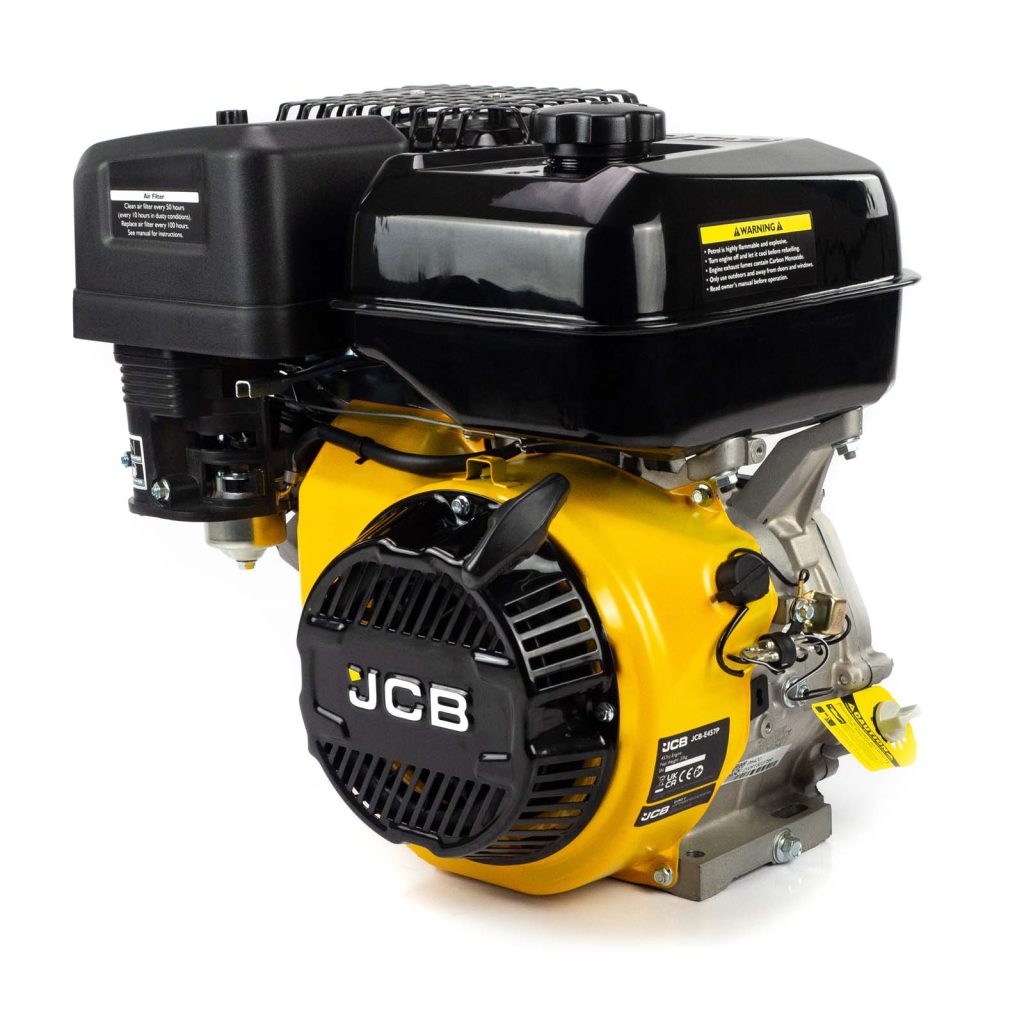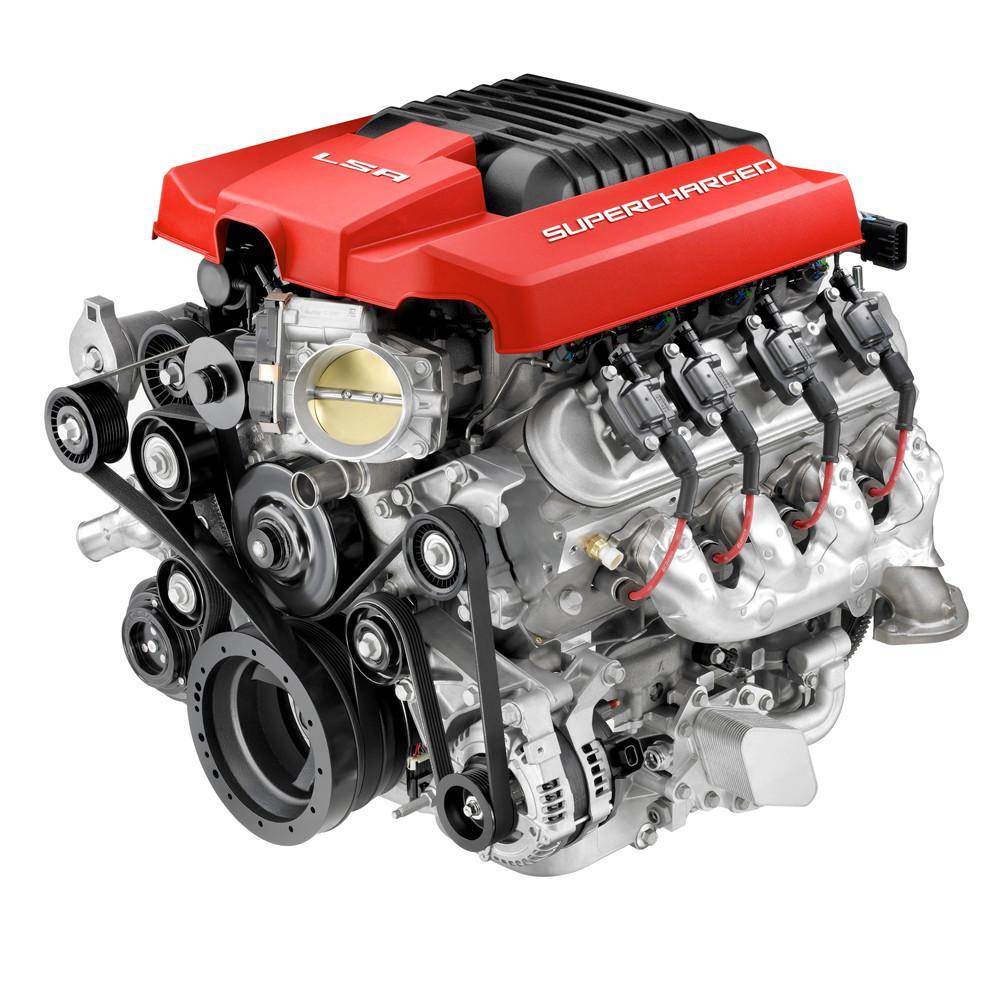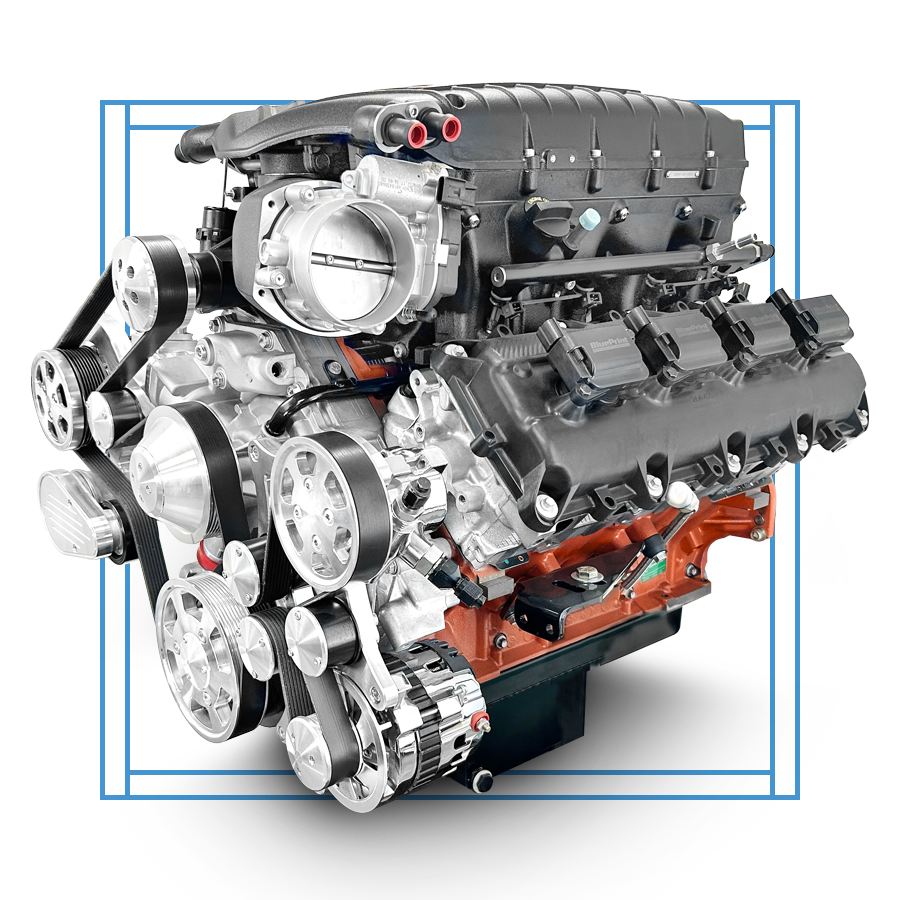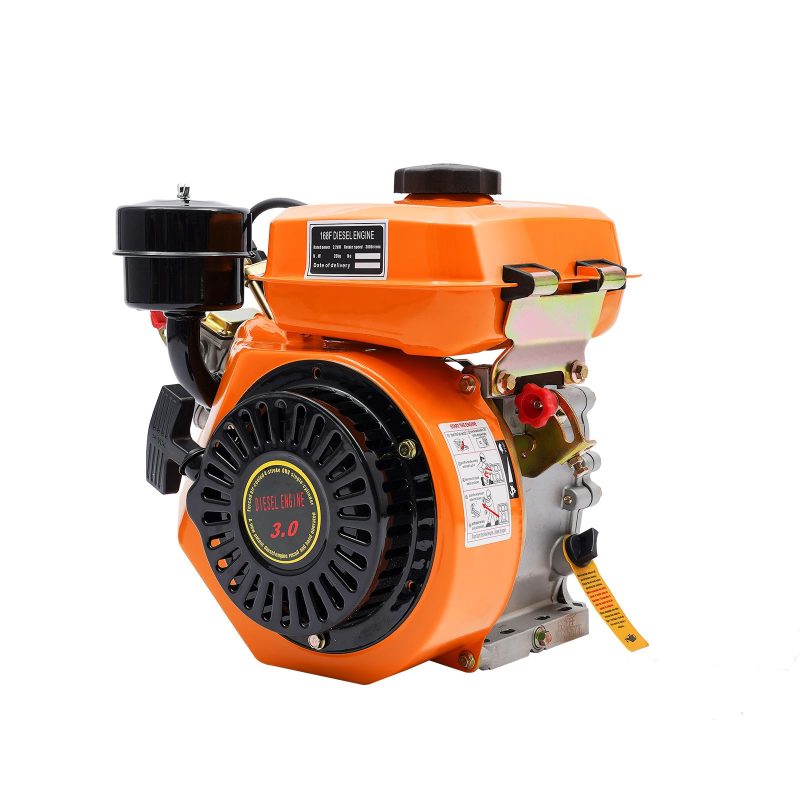Introduction
In 2024 imagine cruising down the highway when your car sputters, and a dreaded message appears on your dashboard: “Reduced Engine Power.” Suddenly, a carefree drive transforms into a moment of concern. Reduced engine power, a safety feature in most modern vehicles, limits your car’s acceleration and performance to prevent further damage. While unsettling, it acts as a warning sign, urging you to address an underlying issue before it spirals into a costly breakdown.
This comprehensive guide empowers you to understand reduced engine power, troubleshoot the culprit, and get your car back to its top performance. We’ll delve into the causes, equip you with safe methods for diagnosis, and guide you towards the best course of action.
Why Does My Car Have Reduced Engine Power?
Reduced engine power mode, also known as “limp mode,” is triggered by your car’s onboard diagnostics (OBD) system. This computer system constantly monitors various engine functions, including fuel delivery, air intake, and sensor readings. When the OBD detects a problem that could potentially harm the engine, it activates limp mode, essentially derating your engine’s power to protect it from further damage.

The reasons behind reduced engine power can vary greatly depending on your car’s make, model, and the nature of the problem. Here are some common culprits:
- Low Engine Oil: Oil is the lifeblood of your engine, lubricating moving parts and preventing friction. Insufficient oil can lead to overheating and potential engine damage, triggering limp mode.
- Faulty Sensors: A malfunctioning sensor can send inaccurate data to the car’s computer, causing it to misinterpret engine conditions and activate limp mode.
- Clogged Air Filter: A dirty air filter restricts clean air intake, hindering proper combustion and reducing engine performance. The OBD system might detect this as an issue and activate limp mode.
- Fuel System Problems: Issues like a clogged fuel filter, faulty fuel pump, or malfunctioning injectors can disrupt fuel delivery, leading to lean or rich fuel mixtures and reduced engine power.
- Serious Engine Issues: In some cases, limp mode might be triggered by more severe problems like a failing catalytic converter or engine component malfunction.
Why You Shouldn’t Ignore Reduced Engine Power
Ignoring the reduced engine power warning can be a recipe for disaster. While your car might still be drivable in limp mode, it’s crucial to address the underlying issue to prevent further damage. Here’s why taking action is essential:

- Prevents Engine Damage: Limp mode is a temporary solution, not a fix. Ignoring it can allow the underlying problem to worsen, potentially leading to expensive engine repairs down the road.
- Safety Hazards: Reduced engine power significantly impacts your car’s acceleration and overall performance. This can be a safety hazard, especially when attempting to merge onto highways or navigate busy intersections.
- Increased Emissions: Engine problems often lead to inefficient fuel burning and higher emissions. Ignoring limp mode can contribute to environmental pollution and potentially lead to failing emissions tests.
Don’t Panic: Safe Methods for Diagnosing Reduced Engine Power
While the temptation to simply reset the warning message and forget about it might be strong, remember, that doesn’t address the root cause. Here’s how to safely diagnose the issue:
- Visual Inspection: Pop the hood and perform a basic visual inspection. Look for any loose hoses, disconnected wires, or leaks. Check your engine oil level and ensure it’s within the recommended range.
- Check Engine Light: Reduced engine power often coincides with the check engine light illuminating. If the light is on, note the color (solid or flashing) and consider using an OBD-II scanner (more on that later) to retrieve any stored trouble codes.
- Owner’s Manual: Your car’s owner’s manual might offer specific troubleshooting tips for reduced engine power. Consult the manual for any guidance on potential causes or recommended actions.
Utilize an OBD-II Scanner for Deeper Diagnosis
An OBD-II scanner is a valuable tool for diagnosing reduced engine power. OBD-II (On-Board Diagnostics, Generation 2) is a standardized system used in most cars manufactured after 1996. Here’s how an OBD-II scanner can help:

- Retrieving Trouble Codes: The scanner can retrieve diagnostic trouble codes (DTCs) stored by your car’s computer system. These codes pinpoint the specific area where the problem lies, making it easier to diagnose the issue.
- Understanding the Problem: While the DTCs might appear cryptic, a quick internet search or reference to an OBD-II trouble code manual can translate them into a more understandable explanation of the problem.
Seeking Professional Help: When to Consult a Mechanic
While OBD-II scanners are a powerful tool, there are situations where consulting a qualified mechanic is the best course of action. Here’s when to seek professional help:
- Complex Trouble Codes: If the trouble code points to a complex issue beyond your mechanical expertise, like a failing sensor or malfunctioning engine component, it’s best to seek help from a certified mechanic.
- Multiple Trouble Codes: If you’re facing a combination of trouble codes, deciphering the root cause can be challenging. A mechanic can analyze the codes and recommend the most effective course of action.
- Need for Repairs: If the diagnosis reveals a problem that requires repairs or replacements, a mechanic can handle the job efficiently and ensure your car is fixed correctly.

Taking Action: Solutions for Common Reduced Engine Power Causes
The solution for fixing reduced engine power depends on the underlying cause. Here are some common scenarios and recommended actions:
- Low Engine Oil: The simplest solution is to add engine oil if the level is low. Ensure you use the oil type recommended by your car’s manufacturer. However, if the oil is low due to a leak, further inspection and repairs might be necessary.
- Faulty Sensor: Replacing the faulty sensor is usually necessary. Consulting a mechanic for diagnosis and repair is recommended, especially for sensors critical to engine operation.
- Clogged Air Filter: A simple fix is to replace the air filter with a new one. Refer to your owner’s manual for the recommended replacement interval for your car.
- Fuel System Problems: Depending on the severity of the issue, solutions might involve cleaning the fuel filter, replacing the fuel pump, or servicing the fuel injectors. Consulting a mechanic is recommended for proper diagnosis and repairs.
Preventive Maintenance: Keeping Reduced Engine Power at Bay
The best defense against reduced engine power is a proactive approach to car maintenance. Here are some key strategies:
- Regular Oil Changes: Maintaining a clean and healthy engine with regular oil changes is crucial. Follow your car manufacturer’s recommended oil change intervals based on your driving habits and conditions.
- Air Filter Replacement: A clogged air filter restricts airflow to the engine, causing problems and potentially triggering limp mode. Replace the air filter according to the manufacturer’s schedule.
- Scheduled Maintenance: Don’t neglect routine maintenance as recommended by your car’s manufacturer. This might include spark plug replacements, fluid flushes, and inspections of critical engine components.
- Listen to Your Car: Pay attention to any unusual noises, vibrations, or performance changes in your car. Addressing minor issues promptly can prevent them from escalating into bigger problems that could trigger reduced engine power.
By following these preventive maintenance tips, you can minimize the chances of encountering reduced engine power and keep your car running smoothly.
Don’t Let Reduced Engine Power Leave You Stranded: Take Action Now!
Reduced engine power might seem like a daunting issue, but with the right knowledge and approach, you can effectively diagnose the problem and get your car back on the road. Remember:
- Ignoring reduced engine power can lead to more serious problems down the road.
- Utilize an OBD-II scanner for initial diagnosis, but consult a mechanic for complex issues or repairs.
- Regular maintenance is key to preventing reduced engine power and keeping your car running smoothly.

Invest in Peace of Mind: Equip Yourself with an OBD-II Scanner
Having an OBD-II scanner in your car’s toolbox empowers you with the ability to diagnose basic car problems and gain valuable insights into your car’s health. While not a substitute for professional mechanics, a scanner can be a valuable tool for any car owner. Consider reputable brands and features that suit your needs when purchasing an OBD-II scanner.
Empower Your Car Knowledge: Explore Online Resources
The internet is a treasure trove of automotive resources. Utilize online repair manuals, car forums, and automotive websites to learn more about common car problems, potential solutions, and preventative maintenance tips. Remember, reliable sources and verified information are key!
By taking a proactive approach and utilizing the available resources, you can conquer reduced engine power and keep your car running smoothly for miles to come.



